Assistance Systems to Recognize the Behavioral Intention of other Road Users
Recognizing the intentions of drivers and factoring in the wishes and intentions of users is a difficult but important aspect of user-oriented system design. Whenever a human-computer, human-robot or human-vehicle interaction has the human side throwing their hands up in the air and asking, “What’s it doing now?” – that is a sign that these systems do not behave as users expect them to.
Only when a driver intends to make a turn at an intersection should they be warned of a cyclist or pedestrian who is moving parallel and about cross the road the car is about to turn into. If drivers were warned of every cyclist or pedestrian near their vehicle, acceptance of the system would be undermined and drivers would start looking for the off switch. One particular challenge in this situation is to predict the behavior of pedestrians as they can very quickly change their direction and speed.
The objective of developing systems that predict behavior is to rely on “standard” sensors as much as possible and ensure a high hit rate with few false alerts – and all of this in real time.
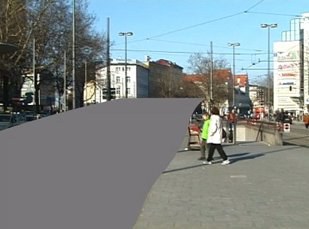
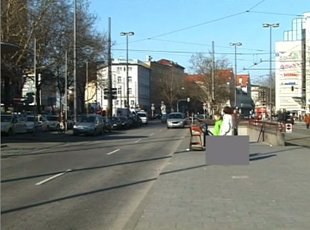
Traffic not visible Feet not visible
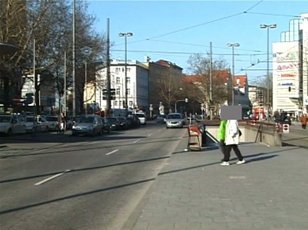
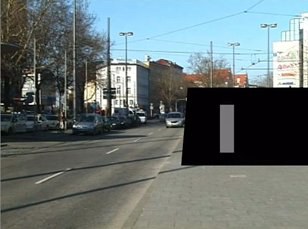
Heads not visible Only position visible
Results:
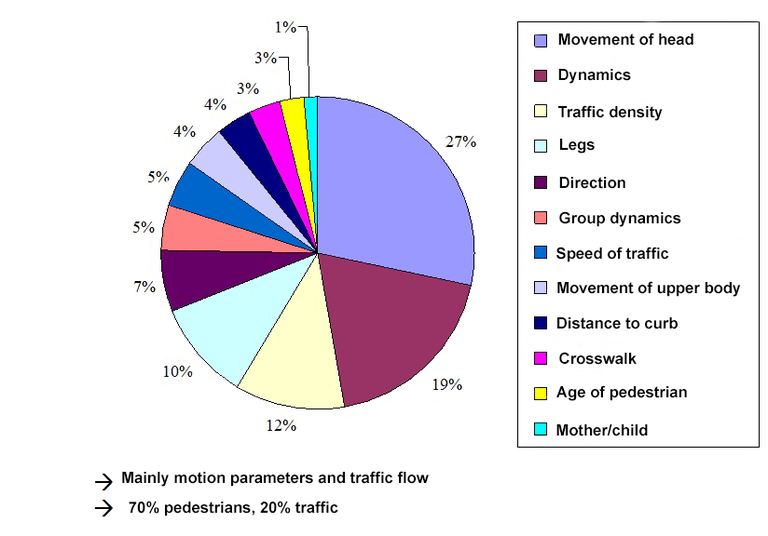
Literature
Färber, Berthold: Kommunikationsprobleme zwischen autonomen Fahrzeugen und menschlichen Fahrern. In: Maurer, Markus; Gerdes, J. Christian; Lenz, Barbara; Winner, Hermann (Hrsg.): Autonomes Fahren – Technische, rechtliche und gesellschaftliche Aspekte. Springer Vieweg Berlin, 2015, S.127-146. (kostenlos abrufbar unter: https://link.springer.com/content/pdf/10.1007%2F978-3-662-45854-9_7.pdf)
Schmidt, Sabrina; Färber, Berthold: Pedestrians at the kerb – Recognising the action intentions of humans. In: Transportation Research, Part F, Traffic, Psychology and Behaviour, 12(4), pp. 300-310, July 2009. https://www.researchgate.net/publication/238300147